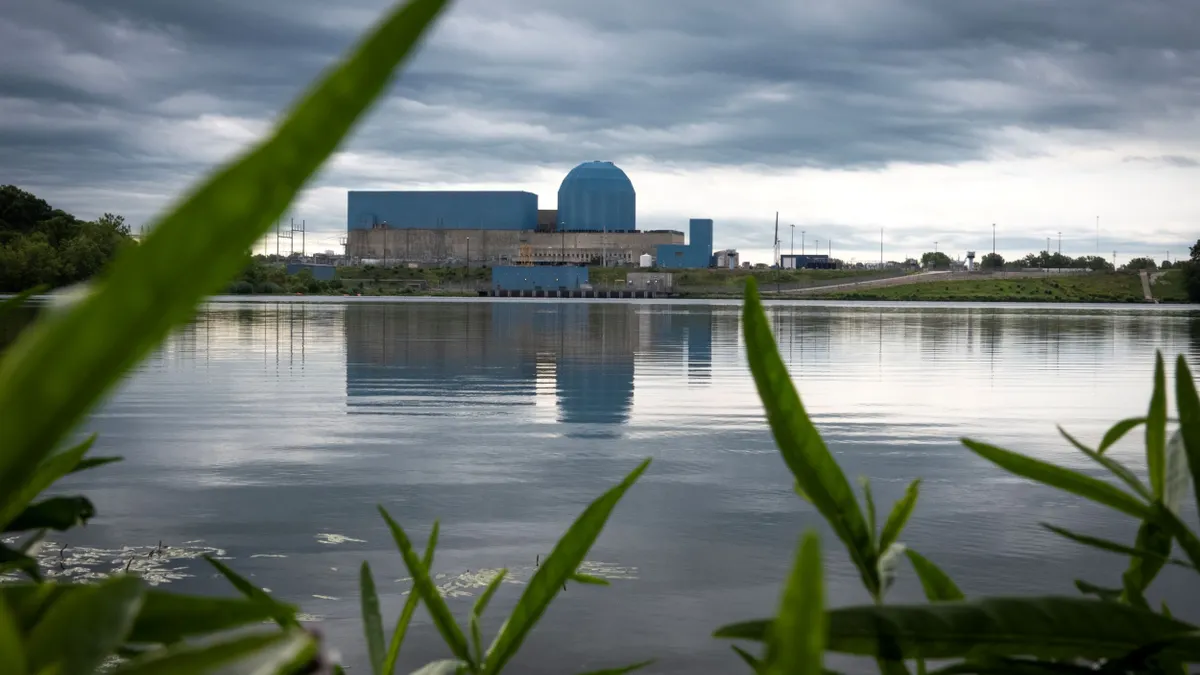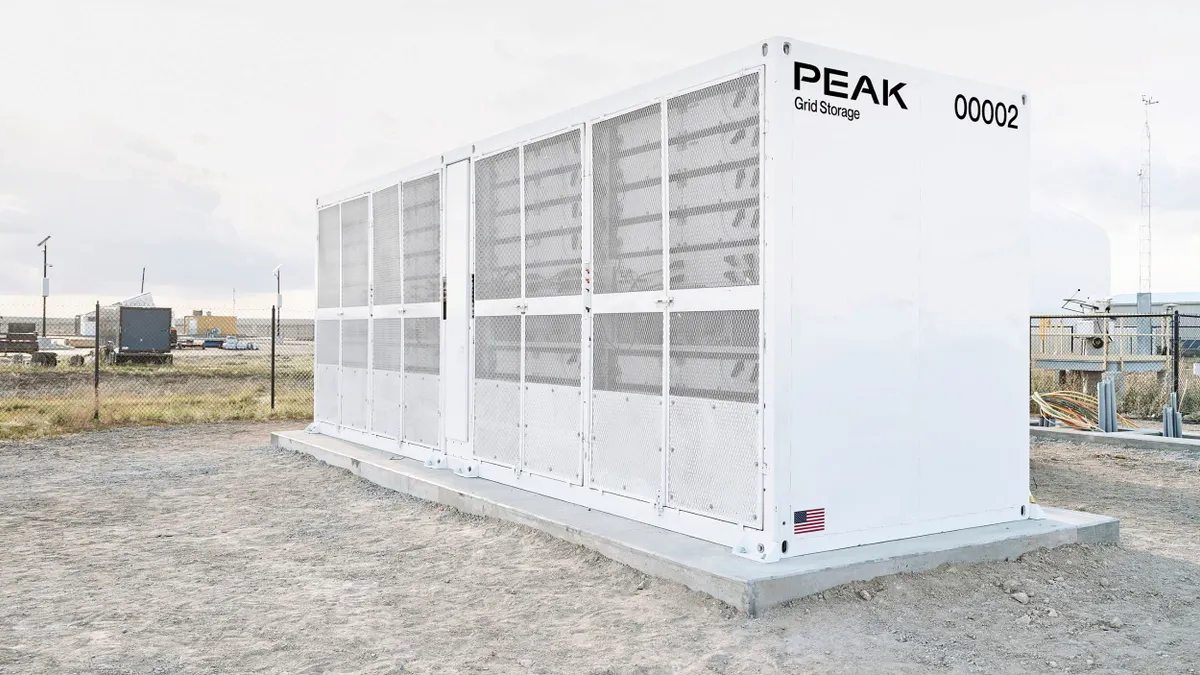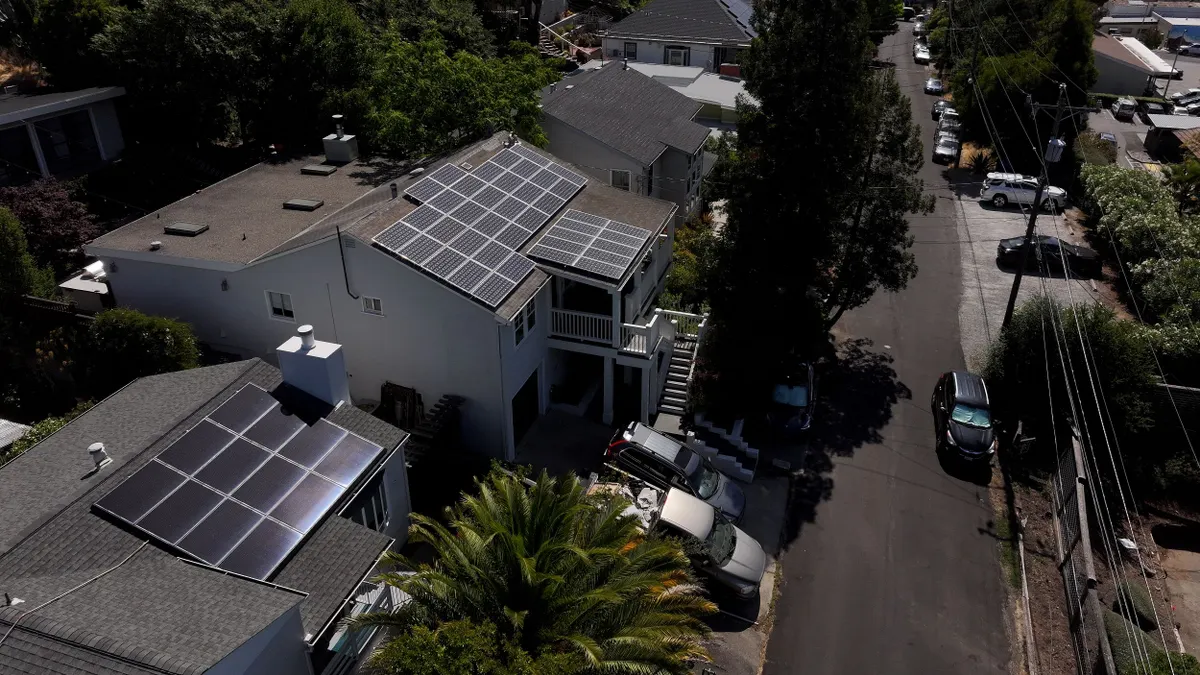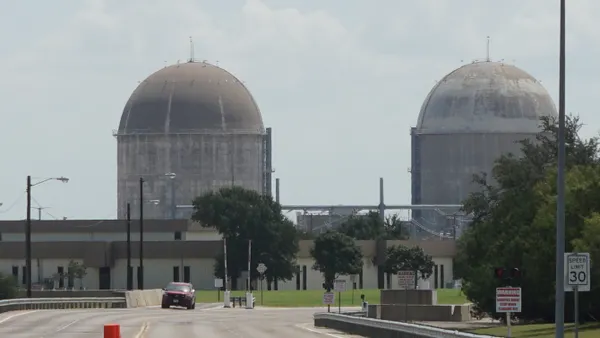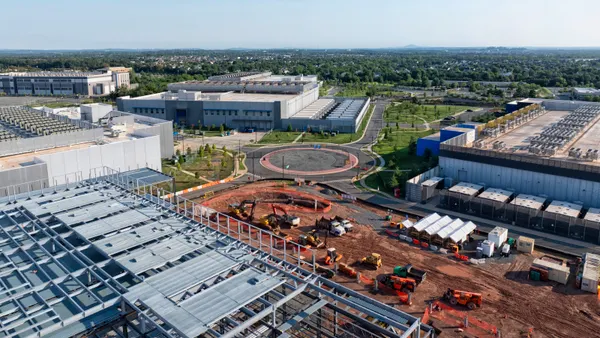‘Strong pipeline’ for demand response products
Constellation Energy is “seeing a lot of great capability to use backup generation and flex compute,” President and CEO Joe Dominguez said in the company’s third-quarter earnings call on Friday. He added, however, that “I don't think we're going to get to a point where we could flex on and off the full output of data centers.”
Dominguez said the company is exploring using artificial intelligence to “attract some of our other customers to actually providing the relief or the slack on the system during the key hours,” then “use their own backup generation or curtail their own consumption of energy during peak hours.”
A lot of Constellation’s customers have shown interest in demand response products, and the pipeline for that “looks really strong right now,” said Chief Commercial Officer Jim McHugh.
“We've found this kind of unique opportunity,” McHugh said. “We're trying to be innovative around the product structure itself … We started executing [deals], working towards 1,000 MW or so in between now and the next couple of capacity auctions.”
McHugh noted that 1 GW “portends to look like a full nuclear unit's worth of output in terms of demand response.”
“I think we're still in the early days of this,” he said. “I think the combination of … the ability to flex at the top of peak by the data centers themselves, in combination with new commercial arrangements to get others to pull back consumption during these hours, is going to open up a lot of room on the system and really pave the way for easier interconnection.”
‘Mature’ buyers in data center industry
Dominguez said Constellation is also seeing unprecedented interest from large load customers in connection with the “simply enormous” investments flowing into data infrastructure.
“The amount of interest we have, the number of deals that are being negotiated, is far different now, and far bigger, and more serious now than it's been before,” he said. “The market is hotter now than ever, and the real big difference we're seeing is buyer maturity.”
Dominguez said the company previously dealt with speculative interest from customers who were “exploring options, kicking tires” when it came to options like nuclear.
“Even the most serious buyers were still on the shallow part of the learning curve when it came to understanding our markets and the interconnection of really large loads,” he said. “Today, we're seeing a far more sophisticated and aggressive customer walk through our door.”
A nuclear future
Constellation’s Q3 earnings presentation states the company’s belief that nuclear is “core” to U.S. economic strategy, as well as the growing data economy. The company is currently working to restart Three Mile Island’s Unit 1 as the 835-MW Crane Clean Energy Center and deliver 900 MWs of nuclear uprates at the LaSalle, Limerick and Calvert Cliffs Clean Energy Centers.
On the topic of natural gas versus nuclear, Dominguez noted that gas prices are too volatile for long-term planning, and fossil fuels do not meet the longer-term sustainability goals of some customers.
“When you're asking me to compare pricing for gas — whether that's behind the meter or in front of the meter — to a nuclear deal, we end up having to speculate about what future gas prices are going to be over, say, 20 years,” he said.
The third quarter was one of Constellation’s highest operating quarters for its nuclear fleet, according to a company release.
Recently, customers “know they want nuclear,” Dominguez said. He added, however, that it’s still difficult to know about potential price differences between front-of-the-meter and behind-the-meter nuclear as some hyperscalers explore their own fission generation.
“It's hard yet to fully understand what the new nuclear pricing is going to be,” Dominguez said. “The bottom line is, we do a tremendous amount of work on that, and I think it's far from settled what that's going to look like.”



